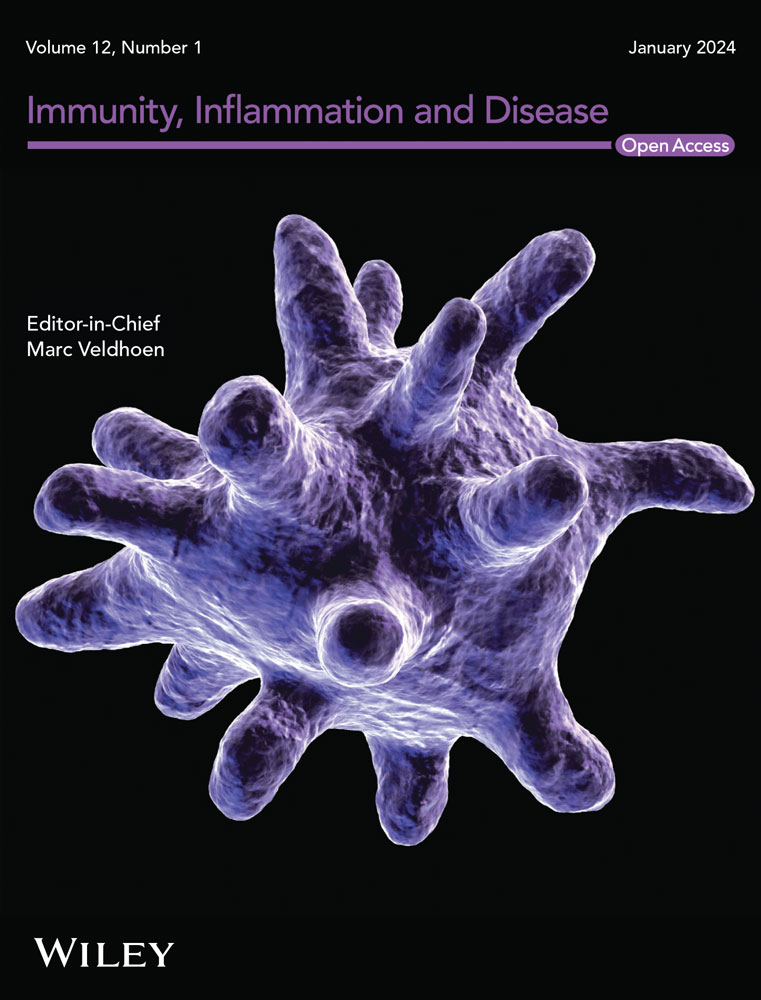Zoledronic Acid Inhibits Lipopolysaccharide-Induced Osteoclastogenesis by Suppressing Macrophage NLRP3-Mediated Autophagy Pathway
Abstract
Introduction
Inflammatory factors leading to bone loss significantly increase the risk of tooth loosening or implantation failure. Zoledronic acid (ZOL) is a widely used medication for effectively inhibiting excessive bone destruction, but its effect on alleviating inflammatory bone loss remains to be elucidated. In this study, we investigated whether ZOL alleviates inflammatory bone resorption through immunomodulatory effect.
Methods
The viability of the cells was evaluated by Cell Counting Kit 8 (CCK8) assay. Osteoclast (OC) differentiation and function were determined by tartrate-resistant acid phosphatase (TRAP) staining and bone resorption pits assays, respectively. Autophagosomes and actin ring structures of OC were observed using transmission electron microscopy (TEM) and F-actin ring staining, respectively. The microstructure in mice maxillary alveolar bone model was observed by micro computed tomography (Miro-CT). Reverse transcription-quantitative PCR (RT-qPCR) to detect the mRNA expression of osteoclast-related genes and Western blot (WB) analysis to evaluate the protein expression levels of autophagy-related proteins and the NOD-like receptor family pyrin domain-containing protein 3 (NLRP3)-related proteins in pre-OCs.
Results
The findings indicated that ZOL hindered lipopolysaccharide (LPS)-mediated OC differentiation, formation, bone resorption activity and autophagosome levels. Furthermore, ZOL diminished the expression of genes associated with OC. And the expression of proteins ATG7, LC3II, Beclin1, NLRP3-related proteins and tumor necrosis factor-α (TNF-α) protein were markedly decreased while P62 was increased, especially in the 1 μM ZOL group or MCC950 + ZOL group.
Conclusions
ZOL has a certain immunomodulatory effect that exhibits anti-inflammatory properties at lower concentrations, which can weaken LPS-induced OCs differentiation and function, and NLRP3-mediated autophagy pathway may participate in this process.


 求助内容:
求助内容: 应助结果提醒方式:
应助结果提醒方式:


